What data recovery tools to buy if you want to start a data recovery business?
Free video data recovery training on how to recover lost data from different hard drives?
Where to buy head and platter replacement tools at good prices?
Data recover case studies step by step guide
I want to attend professional data recovery training courses
SalvationDATA has recently released the eight typical data recovery cases in their clean room: head swap data recovery cases, motor stuck cases and platter swap cases.
01: Before we made a decision performing a head replacement, we need to spend some time listening to normal working sounds of different drives. When we find if there’re unusual sounds like ‘tick, tick, tick’ or other similar clicking noises, you can use the SalvationDATA HD doctor to diagnose the drive to confirm if there’re damaged firmware modules, because firmware corruption can also cause clicking noises instead of physical damage. But if the drive cannot be detected or the firmware cannot be read after PCB hot swap, we can now consider head replacement;
02: There’s head damage but the damaged head is not the primary head and sometimes you cannot even hear any unusual clicking noises and the drives are even detected. But when you scan the drive using MHDD, there’re regular bad sectors which indicates there’s one damaged head and you need to perform the head swap. Sometimes, you can try Data Compass to recover the data using image by selective heads without head replacement;
3: When the F prompt appears in Seagate drives, you confirm there’s no PCB failure and you cannot restore the drive by repairing the firmware or errors of ‘full disk XX or ?!’ after hot swap, now you need to perform the head replacement;
04: Hot swap the singing drives, the drives keep singing, consider head replacement or swap;
05: The spindle motor works well without clicking noises but after hot swap, the firmware cannot be read either, then consider a head swap;
06: The motor is not spinning but if you hear on the disk protective cover, there’re slight clicking sounds which indicate the unusual parking of the heads and the heads get stuck on the platters. Usually such kind of stuck heads won’t be damaged and proper operation can make the drive run again. Sometimes, these clicking noises occur due to the stuck motor, if so, you need to remove the platters onto a donor drive with working motor.
07: The motor is not spinning and you cannot hear any sounds even if you get very close to the drive to hear. After PCB swap, the result is 0. Now try to insulate the connector between the PCB and heads and only have the motor connected, if the motor spins, it means there’s head damage, if not, it means a motor damage. You need to open the drive in above two cases;
08: For Toshiba hard drives, one of the most common failures is motor damage which causes noises when the motor spins. This kind of failure can be sometimes solved by adjusting the patient drives to a certain angle to have the heads read slowly at the dives’ power up. But for more severe damage, you need surely to open the drive and perform motor swap;
09: For hard drives with spacer including Western digital, Samsung, Seagate, Hitachi, etc, SalvationDATA clean room engineers use HD HPE PRO to perform the one-by-one platter swap and restore a lot of data from a large amount of drives which seem impossible for many professional data recovery companies. This is SalvationDATA unique physical data recovery tip and technology which has proved true and have been witnessed by many data recovery experts in the world’s first global data recovery summit in Chengdu.
Clean room data recovery belongs to advanced data recovery cases and they requires good experience and professional clean room data recovery tools to handle.

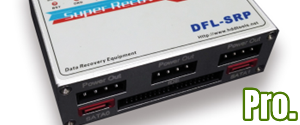
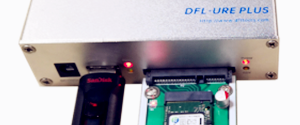
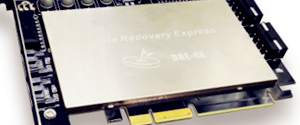

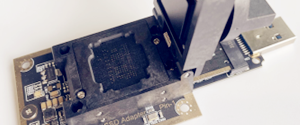
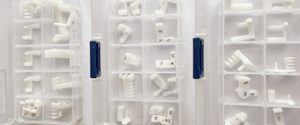
Comments are closed
Sorry, but you cannot leave a comment for this post.